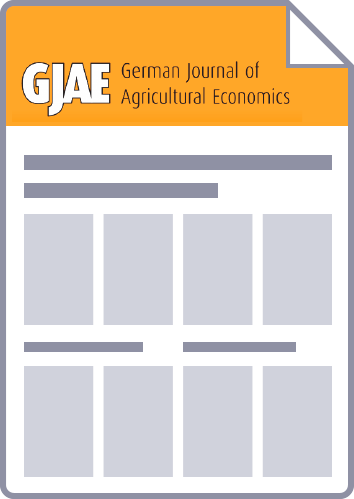The year 2021 shows a division between the development of the different global meat markets. Fueled by the Chinese market there was a strong demand for beef in particular coupled with a limited supply which results in strongly increased prices for beef and beef products. The same occurred on the meat markets of mutton and goat. On the contrary, there was a steady demand for pork but also a big increase in pork production, again driven by the expansion in China. As Chinese importers began to shorten their orders, prices of pork went down in the second half of 2021. Regarding the poultry markets there is a more balanced development of supply and demand. The EU-27 pork and poultry meat production increased a bit in 2021 compared to 2020 while beef production shrunk slightly. There are strong differences between the member states. In particular Spain, Poland, Ireland and the Netherlands realized a remarkable expansion of meat production. In sum, EU consumption is stagnating. The German pork market faces extraordinary challenges. Weak demand for pork in the last few years is coupled with continuous discussion about pig farming and working conditions in slaughterhouses and the meat industry. The Corona pandemic and adding to that the outbreak of African Swine Fever in September 2020 led to serious marketing problems and a downward trend for pig and pork prices. Contrary to that, cattle and beef markets achieve – as on the international markets- huge price increases. The domestic production did not respond with production expansion for now because the milk market causes the rather continuous decline of beef production and changes in production have a long time-delay. The German poultry market is expansive both in production and consumption. The actual situation and short-term development of the market of meat alternatives shows a still relatively young and less established market with marginal market shares in the different product markets.



